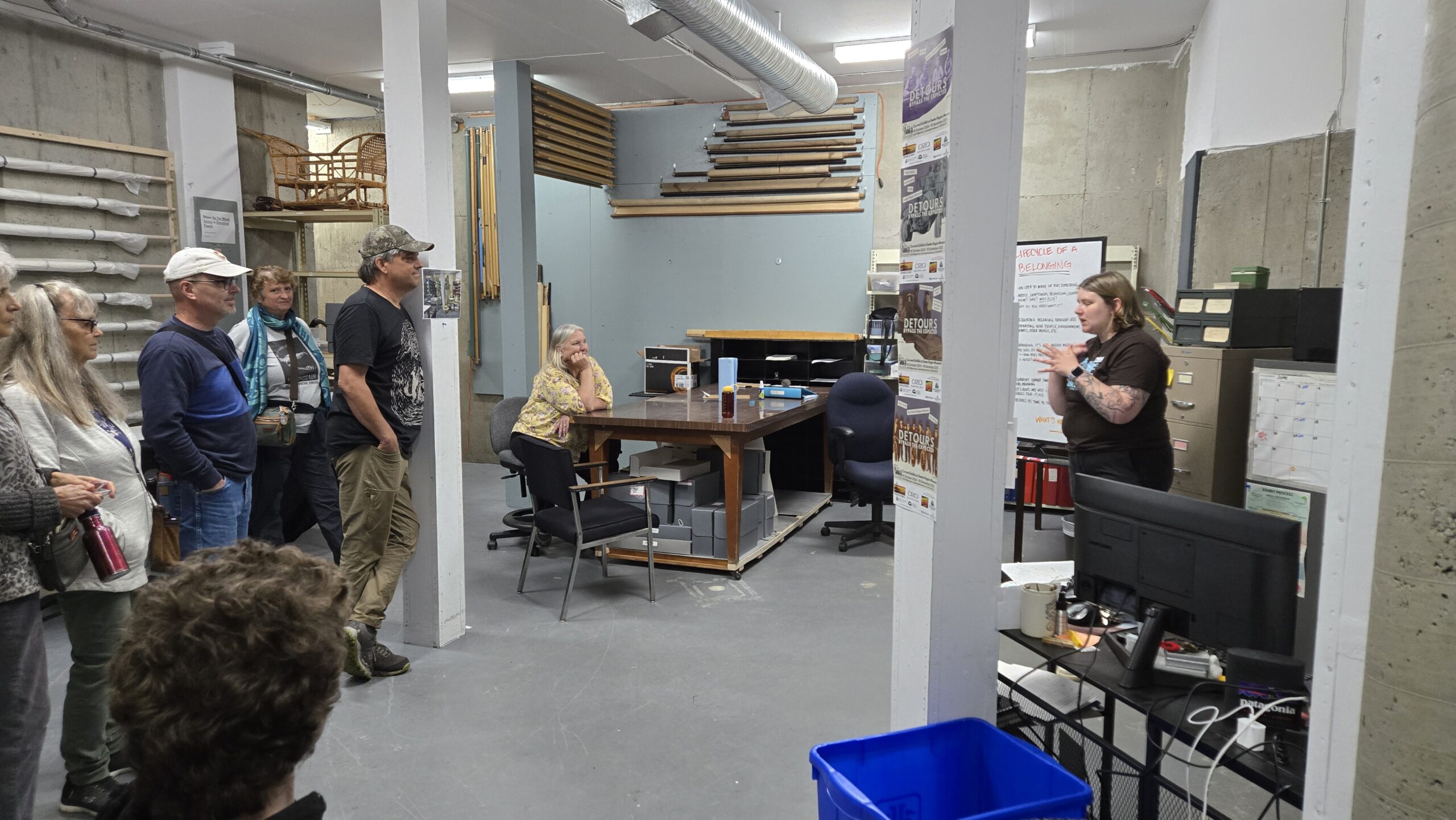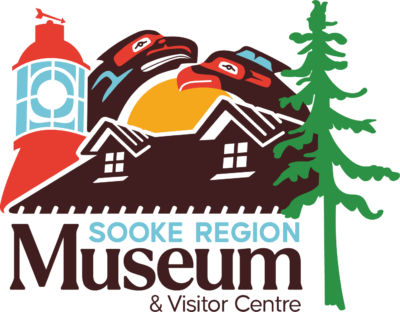
On 22 June the Sooke Region Museum celebrated our annual Open House. The Open House is the one time each year we invite public to experience the Museum from the inside-out. This includes collection areas that are normally closed to the public. These tours are an opportunity for us to build trust with our community.
Museums operate on two fundamental public trust responsibilities: stewardship and public service. Trust of stewardship holds a museum responsible to acquire, document, and preserve collections in accordance with policies, and to pass objects on to future community members in good condition. This may mean rotating objects on display to meet conservation standards and curating a collection relevant to the communities we serve. Trust of public service requires museums to create and advance knowledge and understanding by making collections physically and intellectually available. As well, museums are meant to be spaces for learning, discussion, and development.
Much of the work collections staff does is behind the scenes, or in our case, in the basement. Most people don’t know about this or get a chance to see these parts of Museum operations. Providing tours in the collection areas bring a level of accountability between the public and the Sooke Region Museum. In my experience, I believe there is a misconception about objects in museum collections. Physically, museum objects sit on shelves and may never go on display, but all objects in the collection play a vital role. Any donation accepted into the collection builds upon the existing knowledge of the Sooke Region. The entirety of the collection (around 30,000 items) is greater than the sum of its parts. Together, a curated collection of the Sooke Region history, culture, and people are inextricably linked for the rest of time and are held in trust at the Sooke Region Museum.
I will end the same way I ended my Open House tours by saying the Sooke Region Museum is yours. The collection is yours. The displays are yours. The programs are yours. Everything we do is for the public benefit. The objects, stories, and histories do not belong to an individual, rather they belong to anyone reading this. Staff at the Museum are caretakers, not owners.
If you are interested in the collection or want to know more about resources the Museum offers, we are a call or email away. You can browse our online photo collection of 7,000 archival images on our website anytime.
